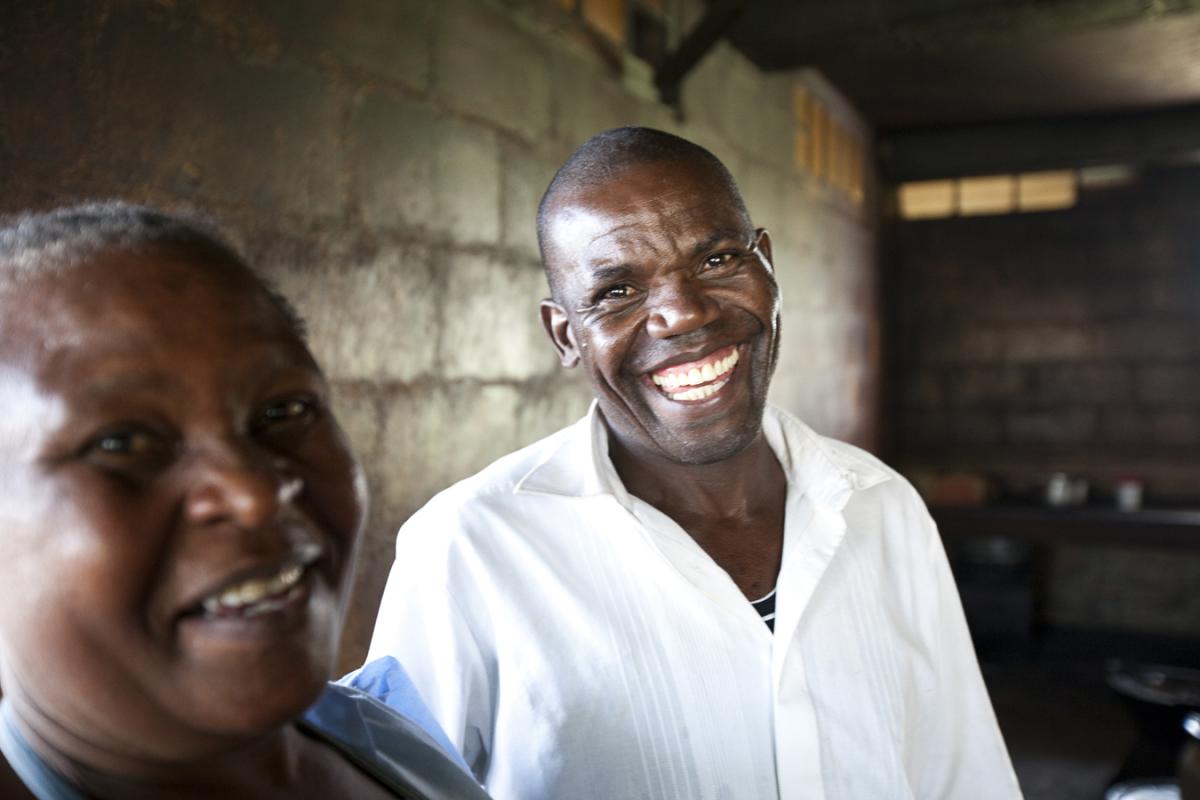Where We Work
See our interactive map


One billion people will never see a health worker during their lives.
The Global Health Workforce Alliance shared this startling fact during the Second Global Forum on Human Resources for Health. While there was much to celebrate at the forum, access to skilled health workers is still denied to far too many people.
A key obstacle to greater progress on the global health workforce crisis is the difficulty in putting plans into action. All too often, well-designed strategies are not implemented.
Barriers to implementation
Laurence Codjia is familiar with this challenge. “I am from Benin but I am now working with the Global Health Workforce Alliance in Geneva,” she says. “As we know, even if you have a technically good plan, if you have not involved the stakeholders it will be very difficult to implement it.”
Codjia gives an example. “If you want to have a good regulation policy and the professional association was not involved with this negotiation, you will have difficulties to implement it.”
How can countries engage the right stakeholders to make progress on their health workforce plans? A coordinating body, or stakeholder leadership group, is key.
Platform for collaboration
An effective stakeholder leadership group increases the likelihood of putting health workforce plans into action. By bringing the right people together and providing a platform for discussion and decision-making, the group can facilitate knowledge-sharing, leverage resources, build momentum, and create a shared approach to address key issues. Typically a stakeholder leadership group consists of representatives from all of the key entities that develop and manage a country’s health workforce.
The Second Global Forum’s outcome statement emphasized collaboration and advised that “health workforce coordination mechanisms should be established to foster synergies among stakeholders.” One example of such a mechanism is the Country Coordination and Facilitation (CCF) process. Codjia explains, “An important element in Global Health Workforce Alliance’s CCF process is to facilitate policy dialogue between all of the key stakeholders who have to be involved in the development and the implementation of the human resources for health plan.”
Continued involvement
Ongoing engagement of stakeholders is an ingredient for success. Referring back to her example about involving the professional association on a regulation policy, Codjia warns that “even if they agree on what you have decided when you are developing the regulations, during the implementation stage they will come back again with new ideas”—which may be different than the initial agreement. To stay on track, “you have to have a platform of permanent dialogue between these key stakeholders to be sure that you will achieve your result.”
To Codjia, the bottom line is clear: “If all of the key stakeholders who have the power on production and management of the human resources for health are not involved, we will not achieve our results.”
Practical guidelines
To help countries avoid barriers to implementation and form effective partnerships on the health workforce, CapacityPlus has created user-friendly stakeholder leadership group guidelines. They provide a practical set of actions that health workforce leaders at the country level can take to successfully launch and sustain stakeholder leadership groups.
Codjia concludes, “I think the most important message has to be this: to develop and to distribute more health workers in all of the countries in crisis, the best way to do it is to have all of the stakeholders involved in this issue.”
A version of this piece was originally published as CapacityPlus Voices #4, on the CapacityPlus website.



